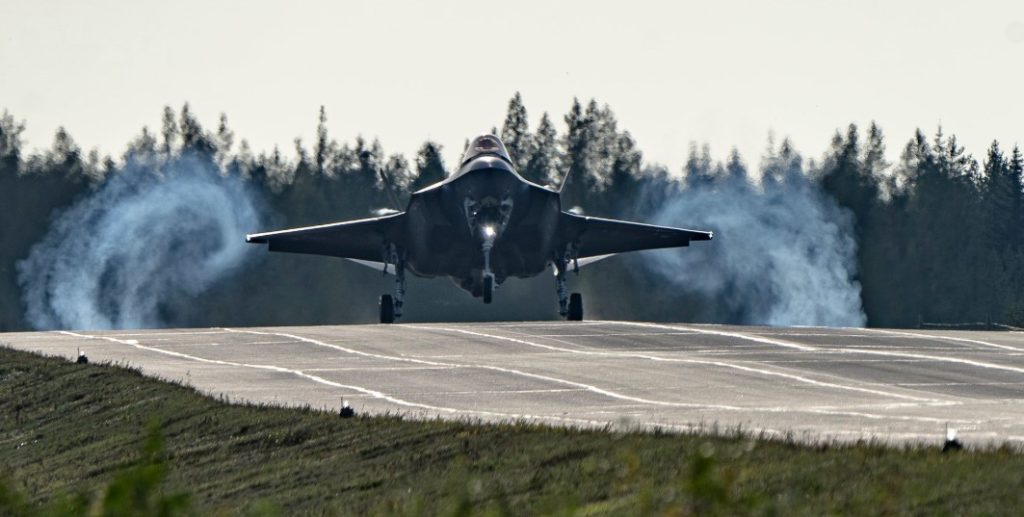This is the first time U.S. F-35s have landed on a highway in Europe.
Others are reading now
This week, two fifth-generation F-35 Lightning II stealth fighter jets made headlines by successfully landing on a highway in Finland.
First Time Accomplished in Europe
This significant event marks the first time U.S. F-35s have landed on a highway in Europe, part of the larger BAANA 2024 exercise, an annual military training conducted by Finland, according to Ziare.
General James Hecker, commander of U.S. Air Forces in Europe and Africa (USAFE-AFAFRICA), praised the achievement, stating:
“The successful landing of the fifth-generation F-35 on a highway in Europe demonstrates the growing relationship and close interoperability we have with our Finnish allies.”
Also read
He emphasized that learning from Finnish counterparts enhances the U.S. military’s ability to deploy airpower rapidly from unconventional locations, reflecting collective readiness and agility.
Highways for Military Operations
While this was a first for U.S. forces in Europe, Norway had previously operated F-35s on its highways, showcasing a practice that Finland has long adopted. Utilizing highways for military operations is increasingly relevant, especially given threats to traditional airbases.
The U.S. Air Force has been actively exploring this tactic as part of its agile combat employment strategy, focusing on dispersing air forces across both conventional and unconventional runways to make it harder for adversaries to neutralize airpower.
The concept of highway landings is not entirely new in the U.S. In 2021, American forces executed a successful landing of an A-10 Thunderbolt II on a Michigan highway.
Since then, other aircraft, including a MC-130J Commando II and an MQ-9 Reaper drone, have also landed on highways across various states. Pentagon officials emphasize that this capability is crucial in potential conflicts with Russia and China, as adversary strike capabilities could render traditional airbases non-operational.








